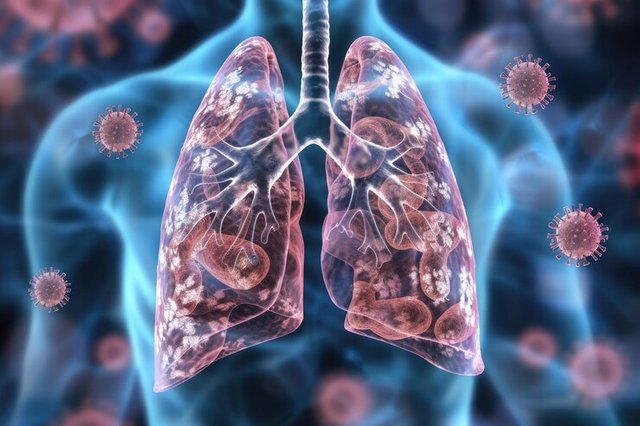- What do you know about tuberculosis?
The bacteria Mycobacterium tuberculosis is the cause of the infectious disease tuberculosis (TB). Although pulmonary tuberculosis (TB) primarily affects the lungs, extrapulmonary TB can also damage the kidneys, spine, or brain.
Key elements of tuberculosis:
- Transmission: Tiny droplets emitted when an infected person coughs, sneezes, or speaks can spread tuberculosis (TB) through the air. It usually needs close, extended contact with an infected person and is not easily spread.
Symptoms:
- Pulmonary TB: Symptoms include fever, night sweats, exhaustion, chest pain, coughing up blood, and a chronic cough that lasts longer than three weeks. The symptoms of extrapulmonary tuberculosis (TB) differ depending on the organ that is impacted. in
- Write about tuberculosis prevalence, incidence, and prognosis.
Tuberculosis (TB) prevalence
One of the leading infectious disease killers in the world is tuberculosis. The total number of active cases (both new and ongoing) in a community at any one moment is known as the prevalence of tuberculosis.
The World Health Organization (WHO) states that globally, an estimated 10.6 million people contracted TB in 2022, including both new (incidence) and pre-existing cases.
Low- and middle-income nations are especially affected by TB, with the highest burden of TB cases found in South-East Asia, Africa, and the Western Pacific. More than half of all TB cases worldwide are found in India, China, Indonesia, the Philippines, and Pakistan. Furthermore, those with weakened immune systems, especially those infected with HIV, are at a significantly higher risk of
TB (tuberculosis) incidence
The number of new cases of tuberculosis that arise in a certain community during a given period is known as the incidence. Despite a steady decline in the incidence rate over the past 20 years, tuberculosis (TB) is still a major health issue in many nations.
International incidence: Approximately 134 new cases of tuberculosis were reported worldwide for every 100,000 people in 2022. Despite obstacles like multidrug-resistant TB (MDR-TB) and the COVID-19 pandemic, the incidence of new TB cases has been steadily decreasing by roughly 2% yearly over the past ten years.
Prognosis of Tuberculosis (TB)
The outlook for tuberculosis (TB) Numerous factors, such as early detection, the kind of TB, the patient's immune condition, and treatment adherence, significantly impact the prognosis for tuberculosis.
The prognosis for pulmonary tuberculosis is generally favorable when the disease is identified early and treated appropriately with the recommended 6- to 9-month course of antibiotics. About half of TB cases end in death if treatment is not received. The survival rate is relatively high when treated appropriately.
My invitees are: @entity01, and @ebeke
Cc:-
@khursheedanwar
References
